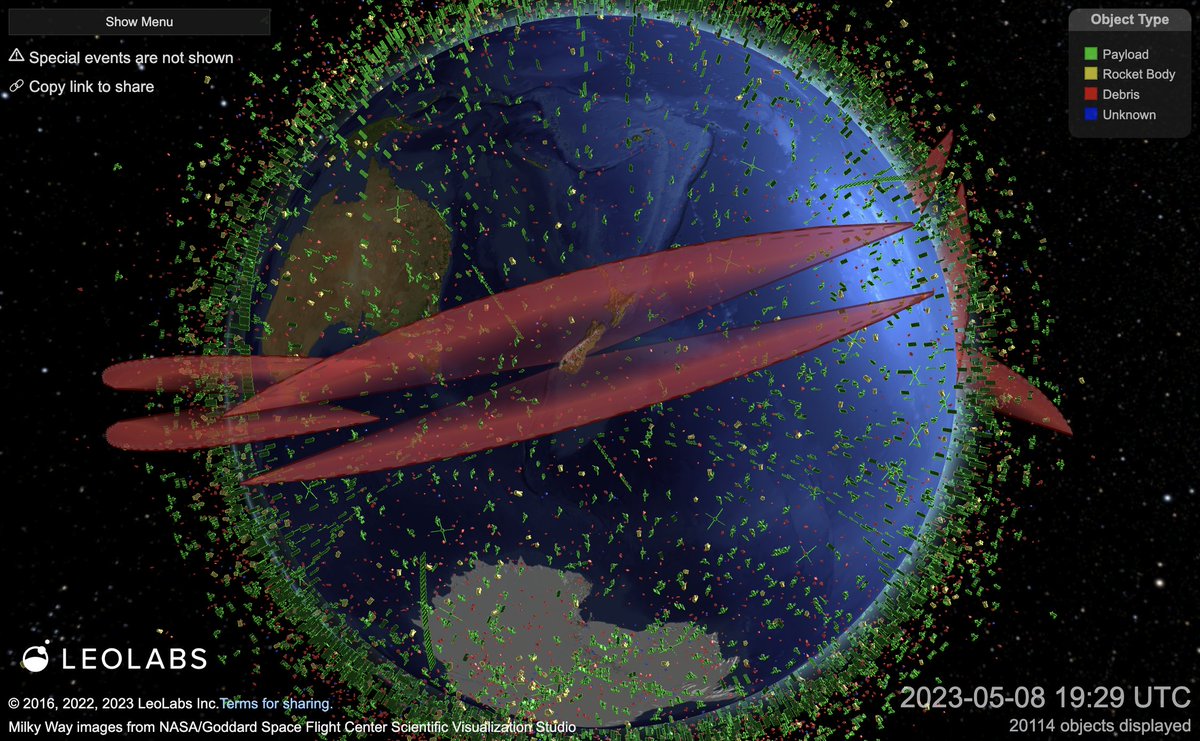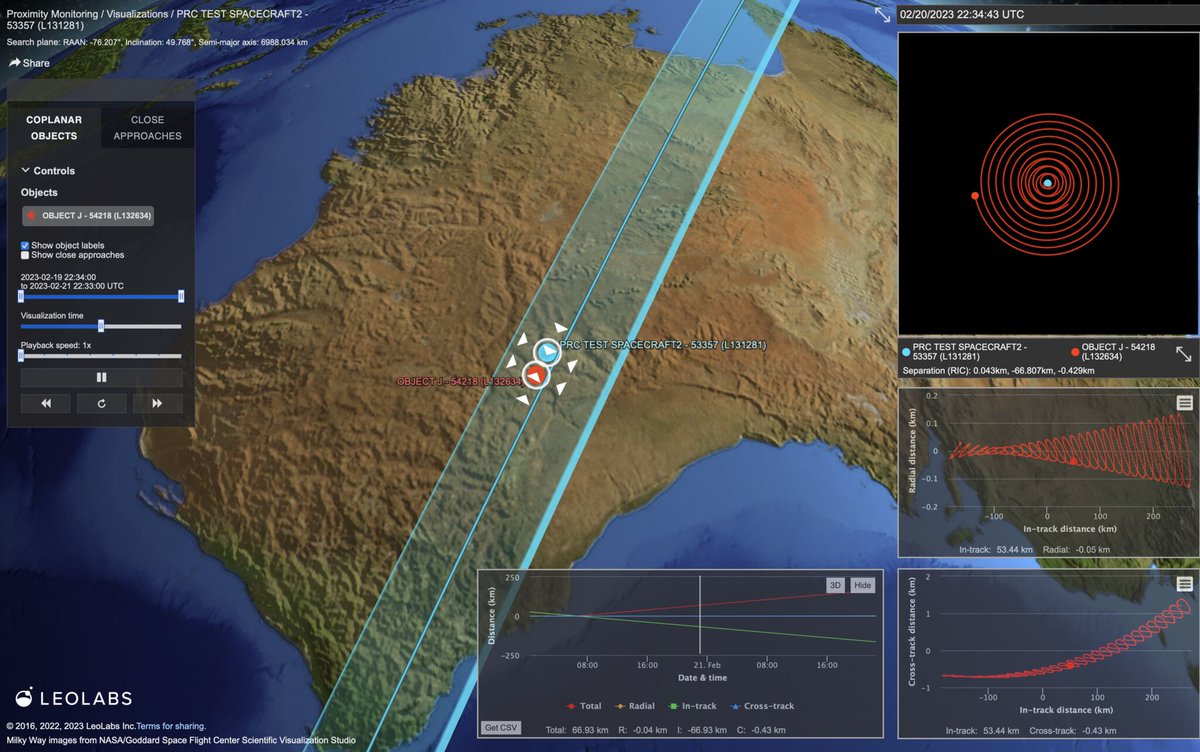Update ➡️ The PRC Test Spacecraft 2 (NORAD ID 53357) landed in the early hours ET on Monday, 8 May 2023.
Based on our observation data and confirmed by reports, the landing window was likely between 0018 - 0020 UTC.
Based on our observation data and confirmed by reports, the landing window was likely between 0018 - 0020 UTC.
https://twitter.com/LeoLabs_Space/status/1649508440061132802
Members of our global operations team in the AIPAC region observed that the object missed a scheduled early morning pass over the LeoLabs Kiwi Space Radar on 8 May 2023 local time. 

There were early indications that the spaceplane was likely to land.
After lowering its altitude by more than ~250 km on April 13, several smaller maneuvers were performed between 13 April – 08 May, including altitude changes and a small inclination change.
After lowering its altitude by more than ~250 km on April 13, several smaller maneuvers were performed between 13 April – 08 May, including altitude changes and a small inclination change.

Local media and the China Aerospace Science and Technology Corp (CASC) confirmed the landing of the spaceplane on 8 May 2023 Beijing time.
The spacecraft spent a total of 276 days on orbit.
spacenews.com/chinas-mystery…
The spacecraft spent a total of 276 days on orbit.
spacenews.com/chinas-mystery…
Since its launch on 4 August 2022, we observed multiple large maneuvers raising the object’s altitude — as well as repeated deployments, formation flying, and docking of a sub-satellite Object J (NORAD ID 54218). 

We’ve determined that the Test Spacecraft2 has propulsive capability and engaged in proximity operations with Object J, including what appeared to be at least two and possibly three capture/docking operations.
This event tested our object tracking and maneuver detection and characterization capabilities, proving that we can provide critical intelligence on the behaviors and activities of objects in #LEO thanks to our continuous, real-time operations.
• • •
Missing some Tweet in this thread? You can try to
force a refresh

 Read on Twitter
Read on Twitter







